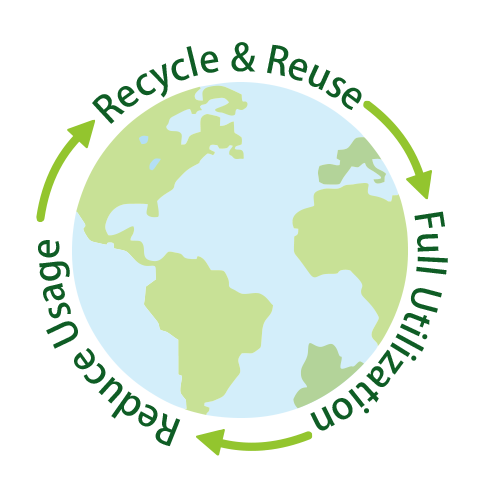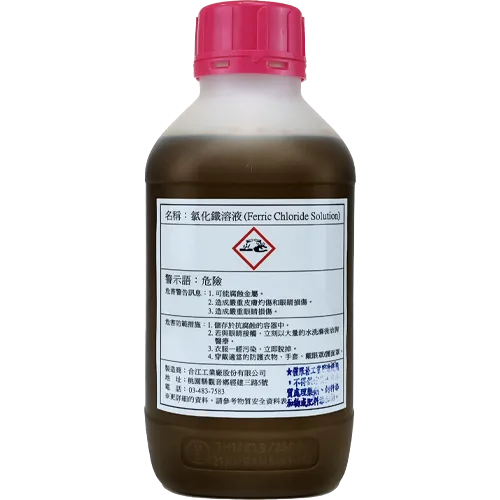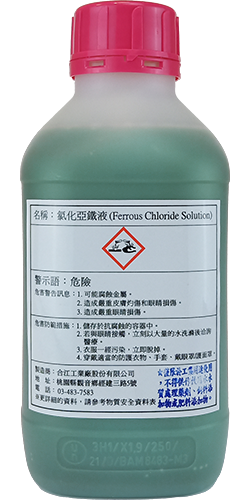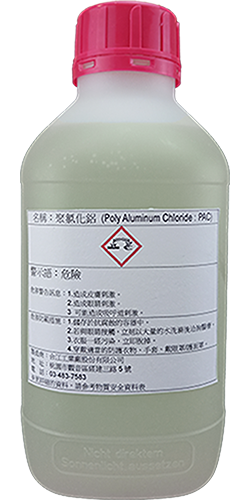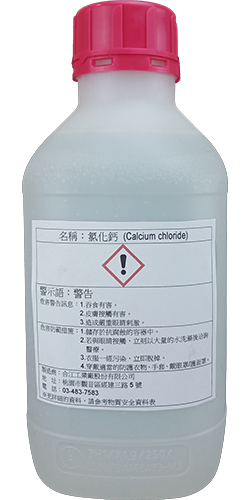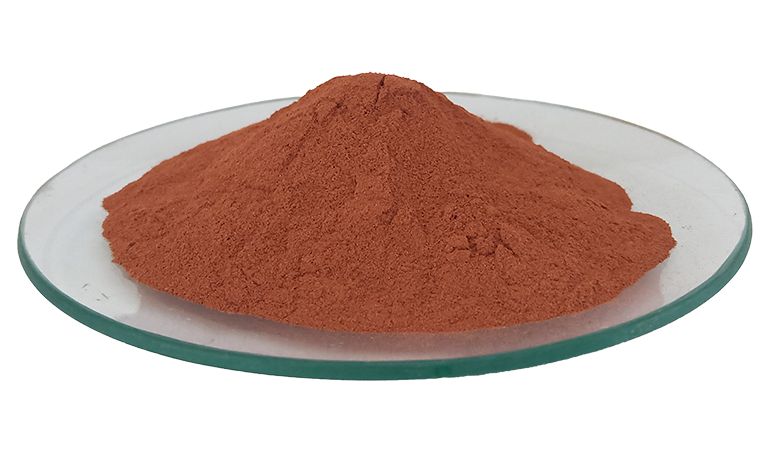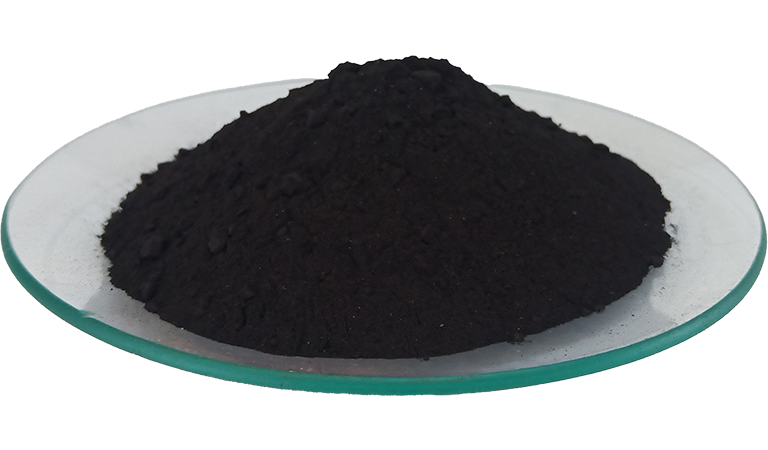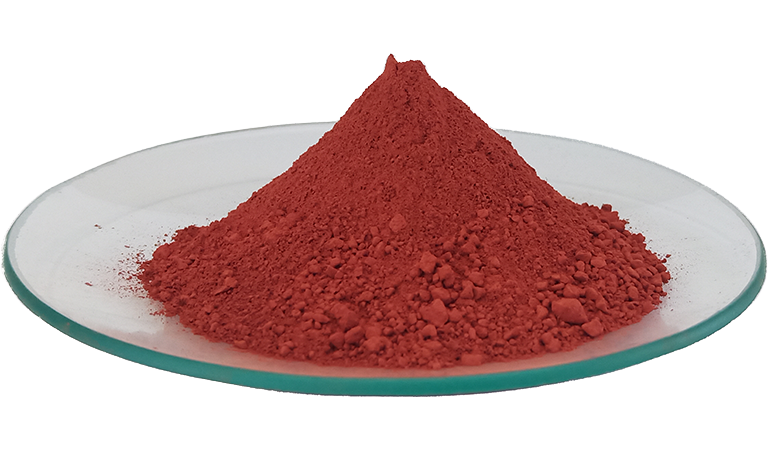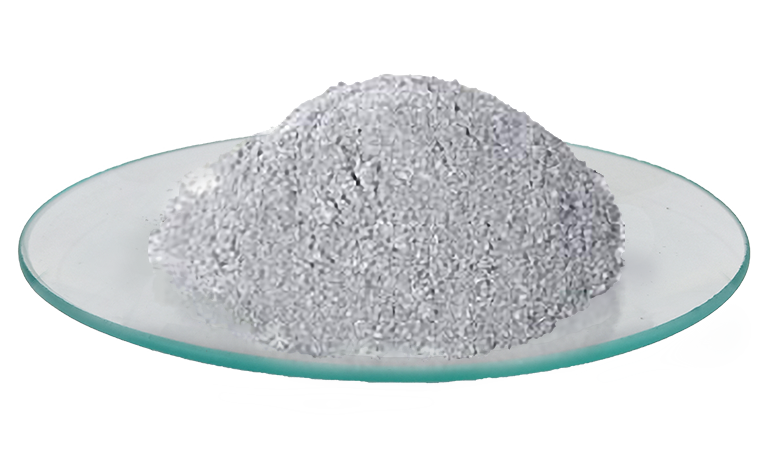Poly Aluminum Chloride
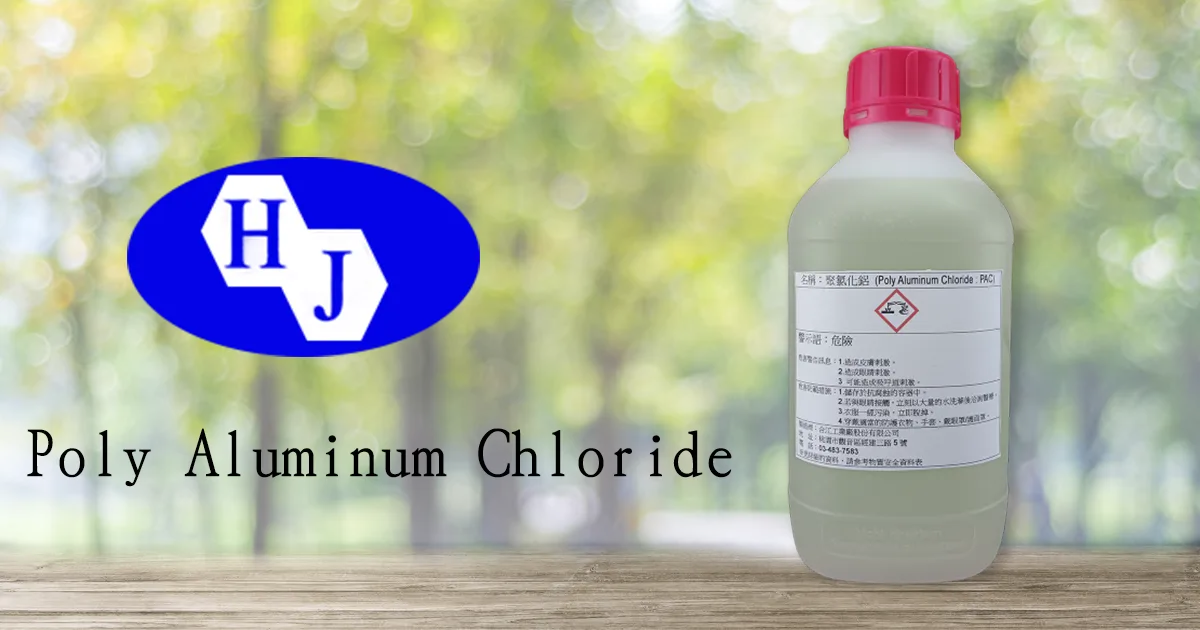
Product Introduction
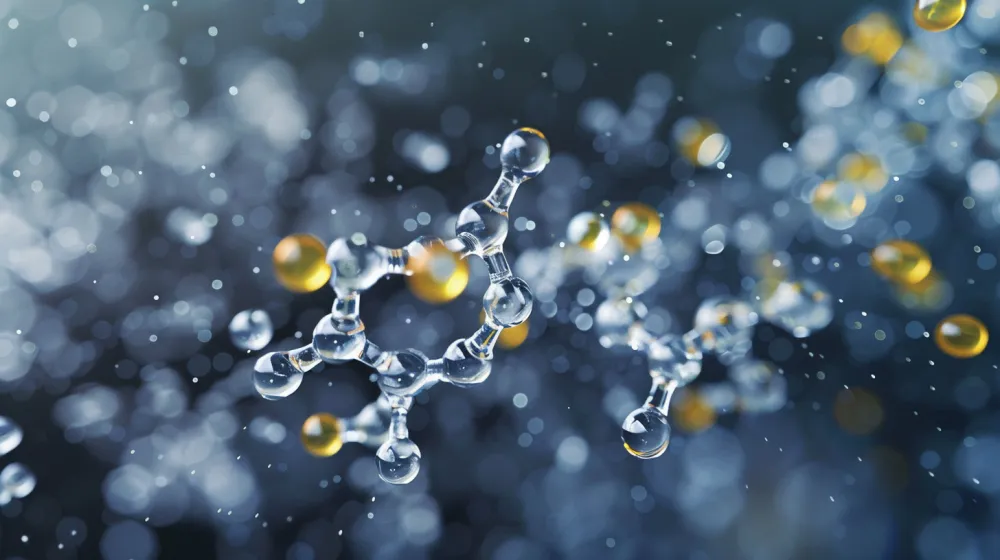
Poly Aluminium Chloride (PAC) is a widely used chemical in water treatment, typically represented by the molecular formula [Al2(OH)nCl6-n]m. Its main characteristics include strong alkalinity and high charge cation, which can effectively neutralize the negative charges on the surface of suspended solids in water, promoting coagulation and sedimentation. The advantage of PAC lies in its multi-core polymer structure, which provides strong bridging capabilities, rapidly forming flocs and accelerating the sedimentation process, thereby improving water treatment efficiency. Compared to traditional water treatment agents, PAC is about three times more effective than aluminum sulfate, with reduced dosage and simplified treatment equipment, significantly enhancing overall treatment capacity. This chemical not only excels in wastewater treatment but also demonstrates superior performance in many other fields, making it an indispensable material in environmental protection and industrial production.
Poly Aluminium Chloride, known as PAC in the international market, is also widely used globally. As an efficient water treatment agent, PAC's application in industrial water treatment is becoming increasingly common, effectively removing turbidity and microorganisms from water to ensure safety and cleanliness.
Specifications and Composition
Alumina Content |
9~10% |
Specific Gravity |
>1.18 |
pH Value (10g/L solution) |
3~5 |
Appearance |
Light yellow transparent liquid |
Packaging Specifications
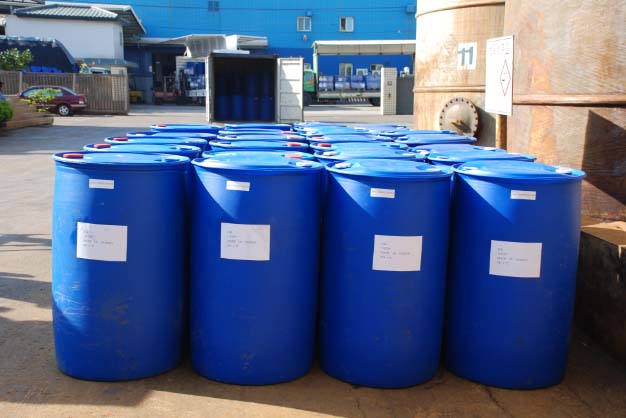
Barrel Specifications
20 ft Container, 50 Gallon PE Barrel Packaging
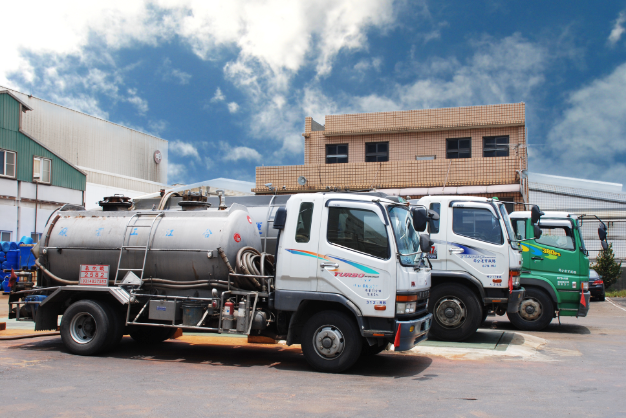
Transport Tanker
Various Transport Tankers, Capacity Range from 3 to 20 Tons.
Characteristics and Applications
Wastewater Treatment Applications
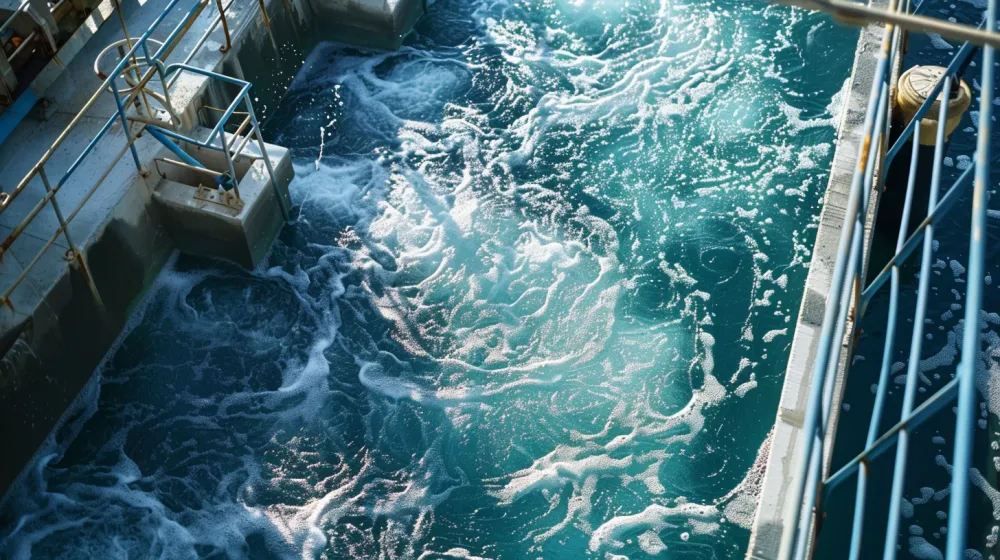
Poly Aluminium Chloride (PAC) is particularly suitable for treating complex water quality environments such as textile dyeing wastewater, urban sewage, and industrial wastewater. PAC's high bridging ability and strong coagulation characteristics enable it to quickly remove suspended solids and colloidal particles from water, significantly improving water quality. Its specific advantages include rapid floc formation, accelerated sedimentation, reduced dosage, and enhanced overall treatment efficiency. Using PAC makes the water treatment process more efficient and economical, with a greatly reduced environmental impact. This makes PAC a popular choice in wastewater treatment, improving treatment effects and reducing operational costs. While the hazards of Poly Aluminium Chloride are relatively low, precautions should still be taken during use to avoid prolonged contact.
- Rapid floc formation
- Accelerated sedimentation process
- Reduced dosage
Therefore, using Poly Aluminium Chloride to treat wastewater not only effectively removes pollutants but also saves a significant amount of treatment costs, making it the best choice for both environmental and economic benefits.
Groundwater Treatment Applications
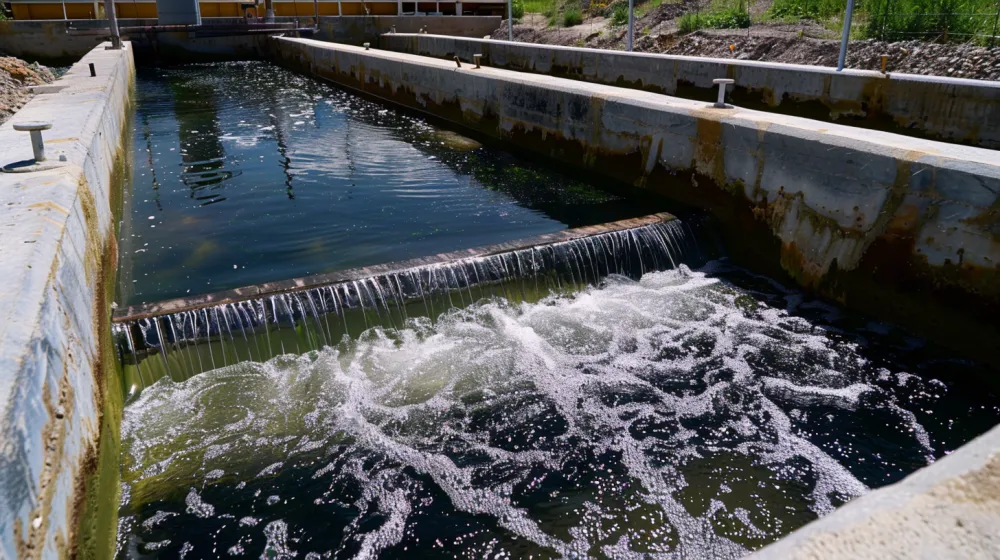
For metal ions and organic pollutants in groundwater, PAC is also effective in removing color and turbidity from the water. Its high efficiency in removing metal ions and reducing organic content makes it particularly outstanding in groundwater treatment. By using PAC, pollutants in the water can be quickly and effectively removed, improving the color and turbidity of the water. This is especially significant for areas requiring high-quality industrial water. Additionally, PAC's application in groundwater treatment is not only a technical advancement but also a significant contribution to environmental protection. Poly Aluminium Chloride has a wide range of applications, particularly prominent in groundwater treatment.
- High-efficiency removal of metal ions
- Reduction of organic content
- Improvement of water color and turbidity
In summary, the application of PAC not only improves the efficiency of groundwater treatment but also contributes significantly to improving water quality and protecting the environment.
Paper Industry Applications
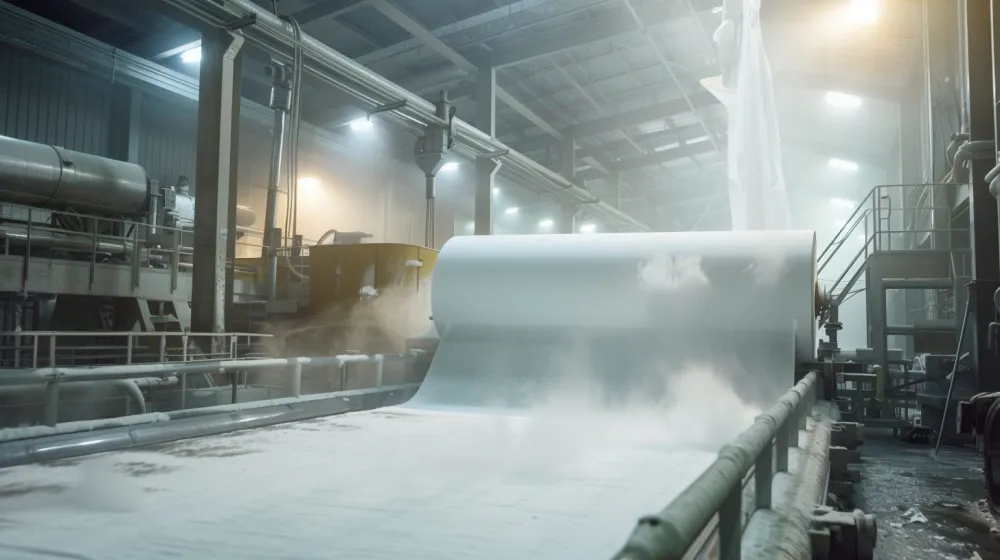
In the papermaking process, PAC can be used for pulp sedimentation and deinking, enhancing paper quality and production efficiency. Its excellent performance in pulp sedimentation and deinking significantly improves paper quality. Additionally, PAC effectively reduces the usage of chemicals in the production process, thereby lowering production costs. This not only enhances the economic benefits of paper manufacturing but also makes the process more environmentally friendly. PAC's application in pulp treatment also improves production efficiency and shortens production time, further enhancing the competitiveness of enterprises. Overall, the application of PAC in the paper industry offers significant advantages in improving product quality, reducing costs, and promoting environmental protection. The use of Poly Aluminium Chloride in the paper industry is increasingly widespread, becoming a key factor in improving product quality and production efficiency.
- Enhancement of paper quality
- Improvement of production efficiency
- Reduction of production costs
Therefore, the widespread application of PAC in the paper industry demonstrates its great potential as an efficient, economical, and environmentally friendly chemical.
Casting Industry Applications
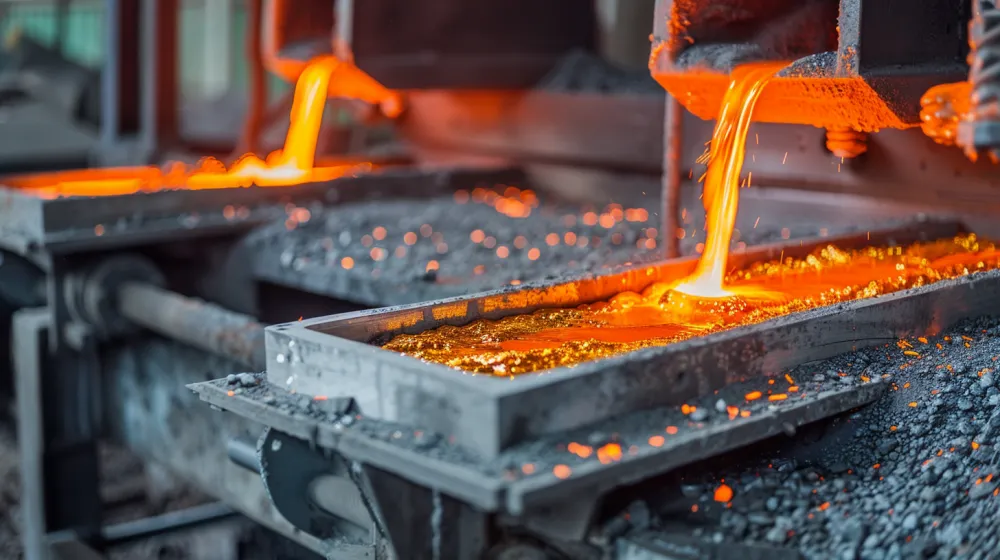
In casting processes, PAC can be used for treating foundry sand, improving the quality of the molds, and enhancing the surface smoothness of castings. Its high-efficiency coagulation and bridging properties allow for the rapid removal of impurities in foundry sand, improving mold stability and strength. The foundry sand treated with PAC can significantly enhance the surface quality of castings, reduce defect rates during production, and improve overall production efficiency. This is crucial for enterprises pursuing high-quality castings. Additionally, the application of PAC in the casting industry reduces the usage of chemicals during the production process, thereby lowering production costs and increasing economic benefits. Overall, the application of PAC in the casting industry offers significant advantages in improving product quality, reducing costs, and promoting environmental protection. The use of Poly Aluminium Chloride in the casting industry is becoming increasingly widespread, demonstrating its great potential as an efficient, economical, and environmentally friendly chemical.
- Improvement of mold quality
- Enhancement of casting surface smoothness
- Reduction of production costs
Therefore, the widespread application of PAC in the casting industry demonstrates its great potential as an efficient, economical, and environmentally friendly chemical.
Frequently Asked Questions
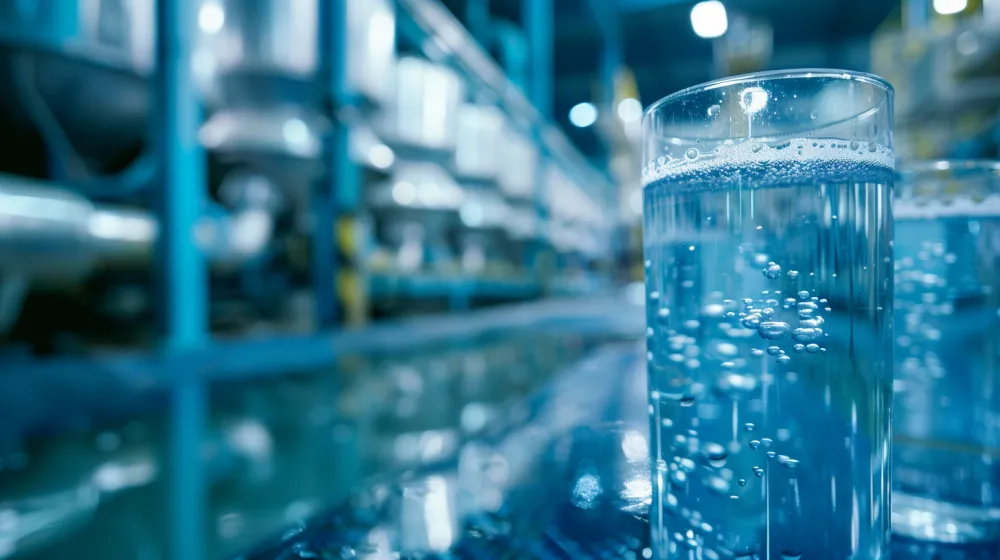
Question 1: What is the full English name of PAC?
The full English name of PAC is Poly Aluminium Chloride.
Question 2: What are the applications of Poly Aluminium Chloride in water treatment?
Poly Aluminium Chloride is widely used in water treatment, including industrial wastewater treatment and sewage treatment. Its excellent coagulation, flocculation, and adsorption properties effectively remove suspended solids, colloids, heavy metals, and other pollutants from water.
Question 3: What safety measures should be taken during the production of Poly Aluminium Chloride?
During the production of Poly Aluminium Chloride, the following safety measures should be taken:
- Wear protective gloves and goggles to avoid contact with skin and eyes.
- Operate in a well-ventilated environment to avoid inhaling dust.
- Strictly control reaction conditions to prevent overreaction and potential hazards.
Question 4: What are the applications of Poly Aluminium Chloride in the pulp and paper industry?
Poly Aluminium Chloride is mainly used for pulp sedimentation and deinking in the pulp and paper industry. Its excellent flocculation properties significantly improve paper quality, reduce chemical usage, lower production costs, and enhance production efficiency.
Question 5: What is the environmental impact of Poly Aluminium Chloride?
Poly Aluminium Chloride itself has low toxicity, but precautions should be taken during use to avoid prolonged contact that may cause health issues. Additionally, the residual Poly Aluminium Chloride in industrial wastewater requires further treatment to prevent environmental pollution. Overall, while balancing environmental and economic benefits, Poly Aluminium Chloride should be used with caution.
Safety Data Sheet
Quick Browse All Products
Professional Services
Resource Reuse
Recycling and reuse of waste liquid from printed circuit boards and metal surface treatment, achieving resource circulation and environmental protection.
Learn moreMetal Etchant
Ferric Chloride Solution
Ferric Chloride: An efficient agent for metal etching, water treatment, and various industrial applications.
Learn moreWater Treatment Agents
Ferric Chloride Solution
Ferric Chloride: An efficient agent for metal etching, water treatment, and various industrial applications.
Learn moreFerrous Chloride Solution
Ferrous Chloride: A high-efficiency reducing agent for wastewater treatment, fabric dyeing, and various industrial uses.
Learn morePoly Aluminum Chloride (PAC)
Poly Aluminum Chloride: An efficient wastewater treatment agent, suitable for various types of wastewater, improving treatment efficiency.
Learn moreCalcium Chloride
Calcium Chloride: Used for fluorine-containing wastewater treatment, refrigeration, ice making, and as an antifreeze in construction.
Learn moreDiverse Copper Metals
Copper Powder
Copper Powder: High purity, suitable for powder metallurgy, electronic components, and chemical catalysts.
Learn moreCopper Oxide Powder
Copper Oxide: Used in catalysts, glass coloring, analytical reagents, and petroleum desulfurization.
Learn moreCuprous Oxide Powder
Cuprous Oxide: Used in antifouling paint, pesticides, red glass, and copper salt production.
Learn moreSilver-Coated Copper Powder
Silver-Coated Copper Powder: Enhances conductivity and oxidation resistance, suitable for conductive adhesives, paints, and inks.
Learn more
